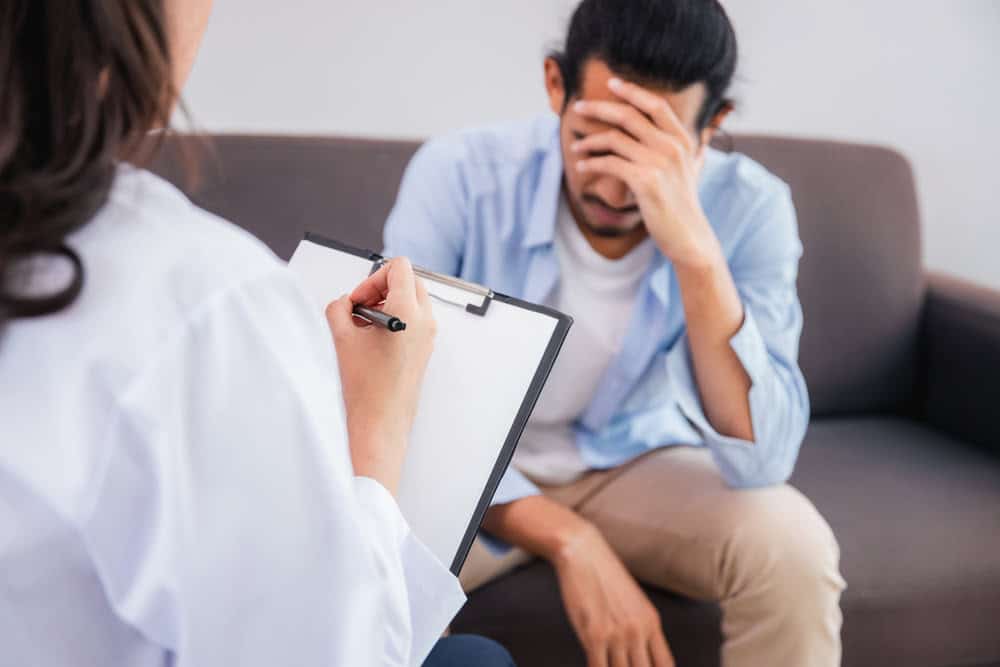Post-traumatic stress disorder is a condition that occurs in individuals who have experienced or witnessed a traumatic event or series of events. People experience a range of emotions after a traumatizing event and that’s okay. With time, most of them learn to cope and get better.
However, if the symptoms persist and begin to interfere with work and relationships, then the individual may be suffering from PTSD. Sometimes, symptoms may appear within a month, three months, or years after the traumatic event.

1. Re-experiencing
Re-experiencing occurs when a person involuntarily experiences symptoms that make them feel like they are reliving the traumatic event.
These symptoms may include:
- Vivid flashbacks accompanied by sweating and heart palpitations
- Distressing and unwanted memories of the event
- Distressing thoughts
- Upsetting dreams or nightmares
Feelings, objects, sounds, smells, or words may also trigger the symptoms.
2. Avoidance
People struggling with avoidance symptoms try to cope by avoiding anything related to the event. This coping mechanism may provide relief in the short-term but in the long-term, it often worsens the symptoms and impedes the natural healing process.
These symptoms include:
- Trying to avoid remembering or thinking about the traumatic event
- Avoiding places, people, and objects that trigger the memories of the event
- Avoiding talking about the event
People engaging in avoidance can change their routines or lose interest in activities they previously enjoyed.
3. Alterations in Cognition and Mood
The signs in this cluster of symptoms include:
- Memory issues, including not remembering important details about the traumatic event
- Persistent negative thoughts about oneself, others, and the world
- Persistent feelings of fear, horror, anger, and shame
- Distorted feelings about the cause and consequences of the event leading to self-blame or blaming others
- Lack of interest in significant activities
- Feelings of detachment and estrangement from loved ones
- A feeling of emotional numbness
- Inability to experience positive feelings like happiness, optimism, satisfaction, and love
4. Hyperarousal and Reactivity
This category encompasses the reactions that some PTSD patients may show.
They include:
- Irritable and aggressive behavior
- Hypervigilance
- Concentration problems
- Easily startled
5. Self-Destructive Behavior
People who experience many of the PTSD symptoms listed in the categories above are more likely to also engage in self-destructive or self-harming behaviors as a coping mechanism.
Some of the common self-destructive behaviors include:
- Drug and alcohol abuse
- Risky sexual behavior
- Self-mutilation/cutting
6. Physical Symptoms
Some of the individuals struggling with PTSD may also experience physical symptoms like:
- Increased blood pressure
- Headaches
- Backaches
- Chest pains
- Joint pain
- Nausea
- Fatigue
The majority of the individuals do not connect their physical symptoms to the trauma and this may intensify other PTSD symptoms.
Find Effective Trauma Illness Management With Answers LLC
A traumatic event may leave you feeling stuck in the past with no way to overcome the symptoms. But you don’t have to go through it alone. Our trauma counselors at Answers LLC are ready to offer you traumatic illness management services that will set you on a path to recovery. Contact us today to get started.

